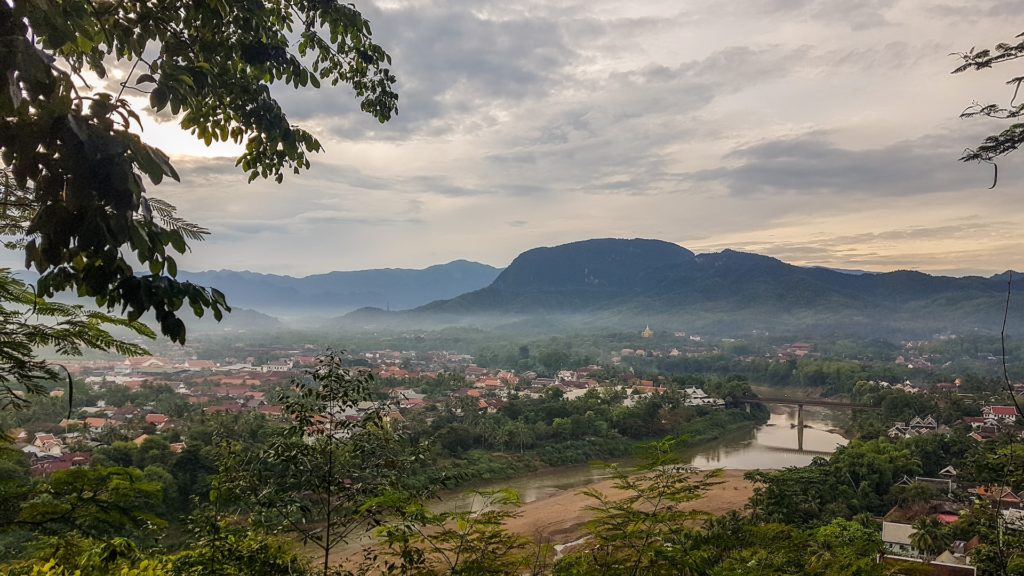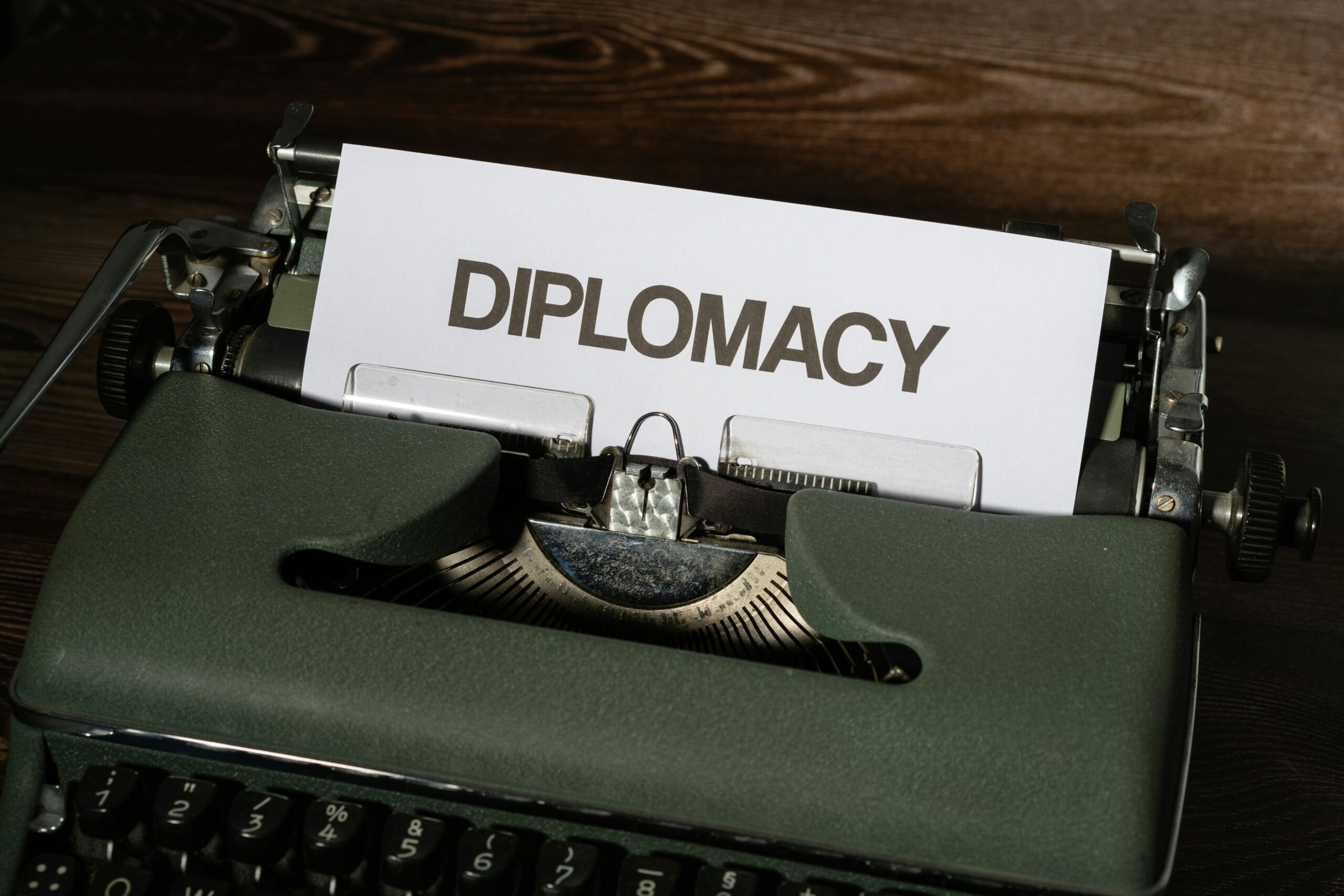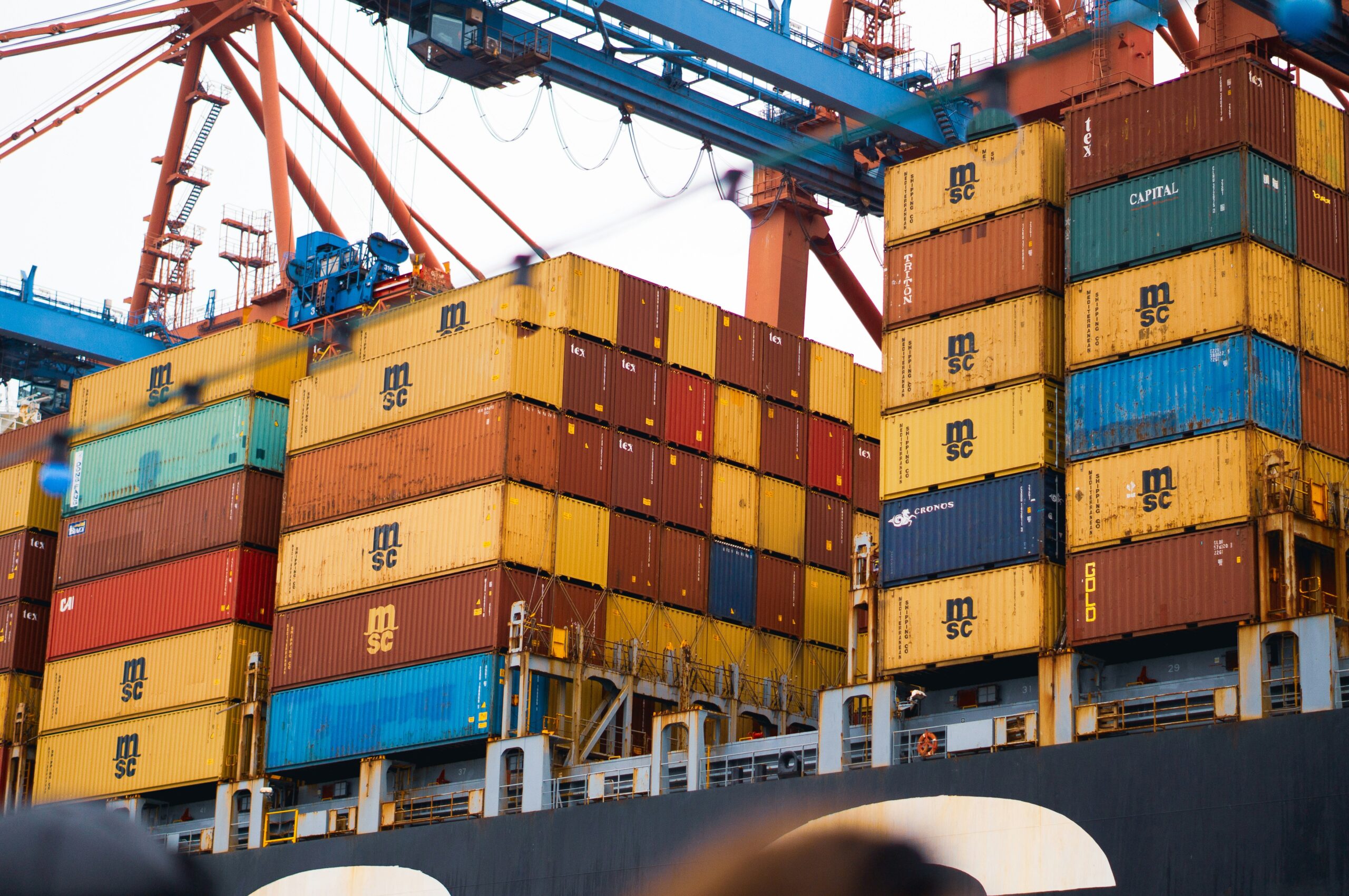Under the EU-ASEAN Cooperation Agreement, the EU works closely with Laos to promote an effective environment for trade and investment cooperation.
Laos has been a member of the World Trade Organization (WTO) since 2013, and as a least developed country, it benefits from the EU’s “Everything But Arms” policy, which offers unilateral duty-free and quota-free access to all exports to the EU except arms and ammunition.

EU AND LAOS
Laos benefits from the most beneficial regime available under the EU’s Generalised Scheme of Preferences (GSP), namely the Everything But Arms (EBA) scheme, as a Least Developed Country (LDC).
The EU’s GSP legislation permits vulnerable developing nations to pay lower or no tariffs on exports to the EU, allowing them to gain essential market access and contribute to their growth. The EBA is a component of the GSP, which provides duty-free and quota-free access to the EU for all items (excluding armaments and ammunition) for the world’s Least Developed Countries, as defined by the UN.
The GSP Regulation states that trade privileges may be discontinued if there is a “serious and systematic violation of principles” outlined in the human rights and labor rights conventions included in Annex VIII.
LAOS AND ASEAN
Laos is one of the ten members of the Association of Southeast Asian Nations (ASEAN). After the United States and China, the countries are the EU’s third-largest trading partners outside of Europe.
With 640 million consumers, the ASEAN area is a vibrant market. Laos is one of ASEAN’s three least developed nations.
The EU collaborates with ASEAN in its entirety. Cooperation is maintained through the EU-ASEAN Dialogue, which comprises ministerial and senior economic official exchanges on trade and investment problems.
The EU’s top aim is to improve access for EU exporters to the vibrant ASEAN market. Negotiations between the EU and ASEAN for a region-to-region trade and investment pact began in 2007 and were suspended by mutual agreement in 2009 to make way for bilateral negotiations.
These bilateral trade and investment agreements were designed to serve as stepping stones toward a future regional agreement.
USA AND LAOS
The US and Laos meet regularly under the 2016 Trade and Investment Framework Agreement (TIFA), which serves as a venue for discussing bilateral concerns, monitoring Laos’ WTO accession commitments, and collaborating on regional and global matters.
Laos’ GDP was predicted to be $18.7 billion in 2020 (at current market exchange rates), with a real GDP increase of 0.2 percent and a population of 7 million.
With $129 million in total (two-way) goods commerce in 2020, Laos is our 157th largest goods trading partner. Exports of products totaled $25 million, while imports of goods totaled $105 million. In 2020, the US goods trade deficit with Laos was $80 million.
Exports of commodities from the United States to Laos generated an estimated 71 jobs in 2019, according to the Department of Commerce.
RUSSIA AND LAOS
Following the breakup of the Soviet Union, Laos recognized the Russian Federation as the successor state on December 31, 1991. Laos has a consulate in Moscow, and Russia has a consulate in Vientiane.
Russia and Laos have been seeking to expand their ties since 2014. Valentina Matviyenko, a Russian politician, met with Pany Yathotou, a Lao politician, to discuss ways to improve and enhance relations between the two countries. The number of Russian tourists visiting Laos has increased in recent years, thanks to the fact that Russian people do not require a visa to enter the country. In Russia, around 200 Laotian children went to school. In Vientiane, there are also plans to open a Russian language school.



